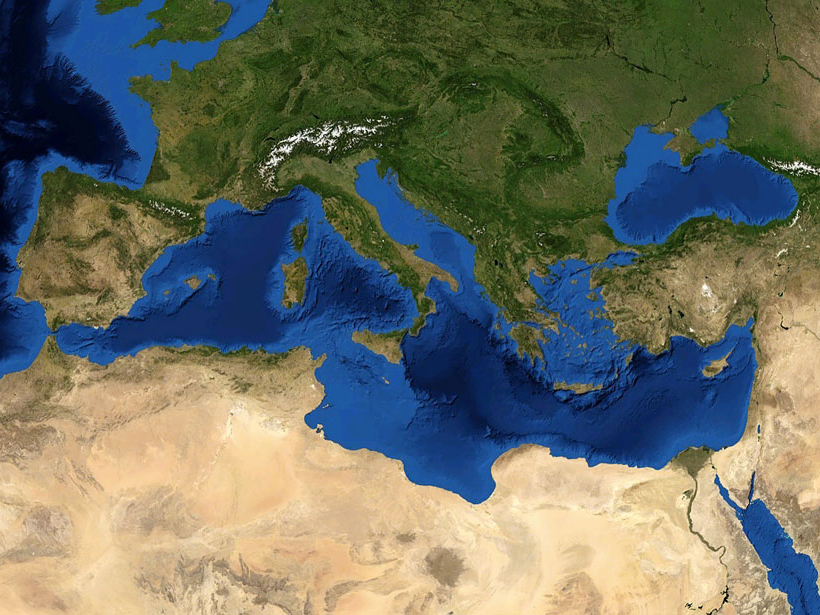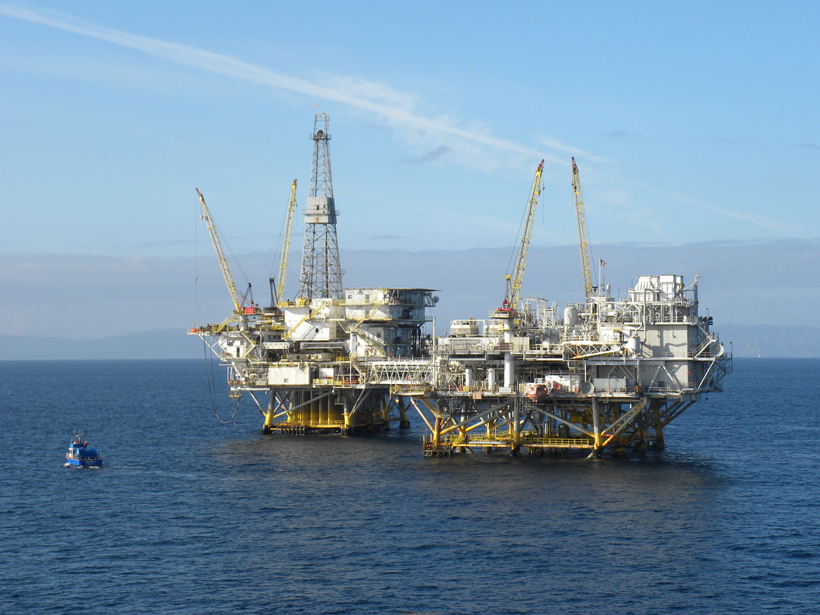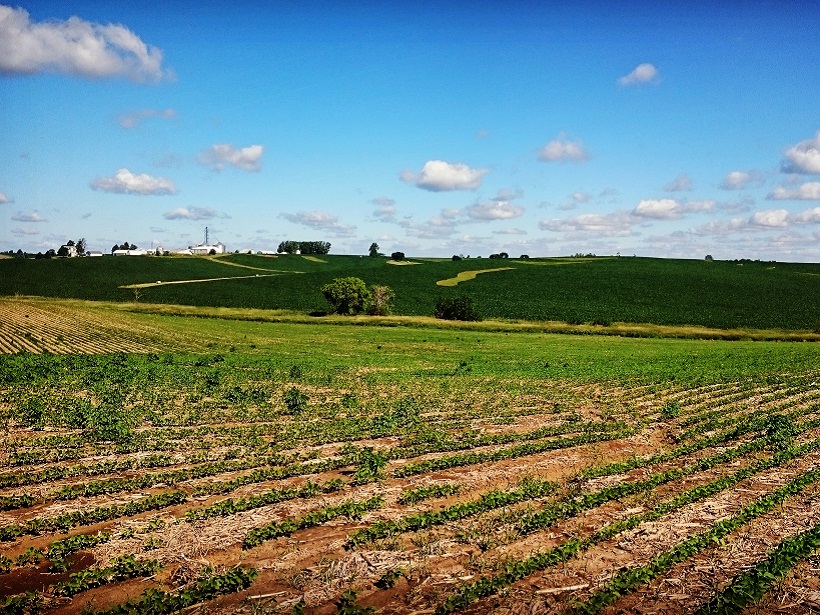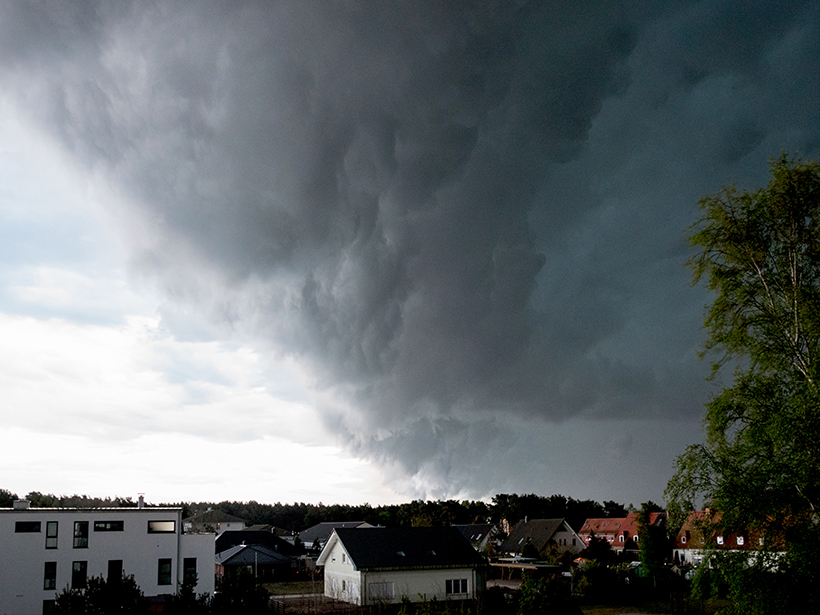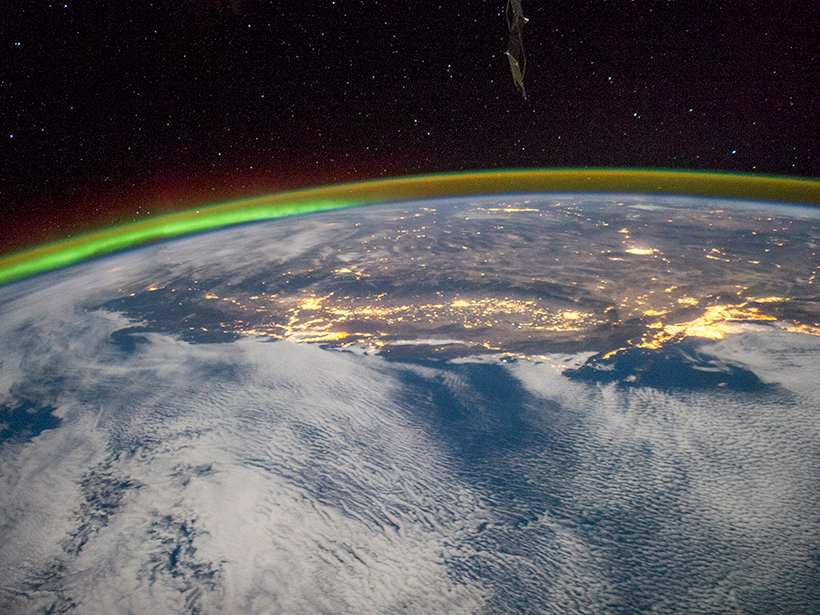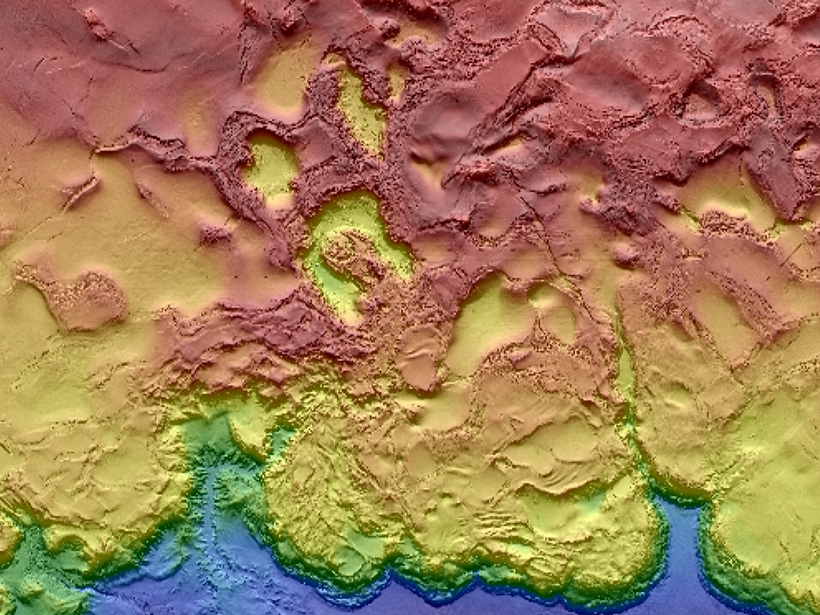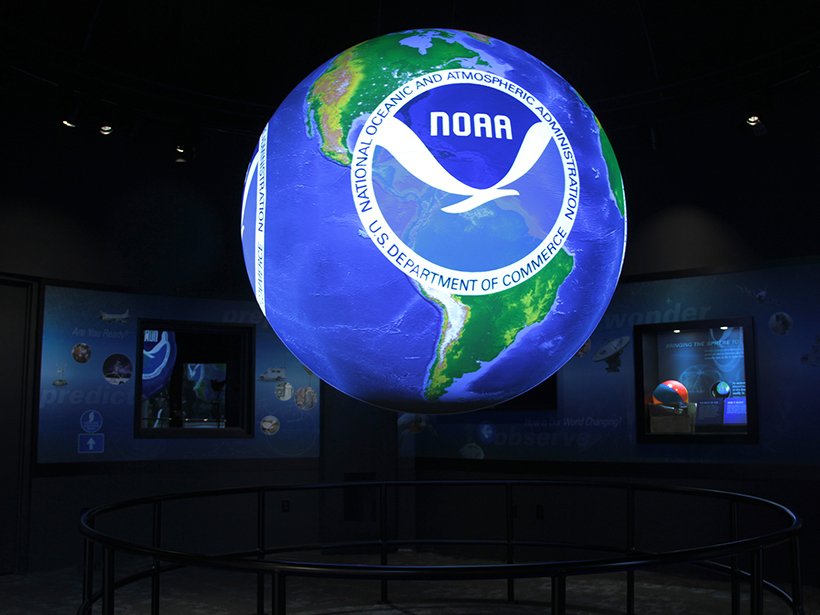A new analysis reveals that nearly all of the region’s sedimentary evidence ascribed to tsunamis, which dates back 4,500 years, corresponds to periods of heightened storminess.
CC BY-NC-ND 2017
How Earth’s Outer Radiation Belts Lose Their Electrons
A new analysis of three space storms reveals the mechanisms of particle loss from the Van Allen belts.
Proposed Bill Would Loosen Ocean Drilling Restrictions
The legislation would restrict the withdrawal of offshore areas from oil and gas development and overturn current planning processes.
Stories in the Soil
A series of field experiments in the U.S. Midwest is investigating how past, present, and future human activities and climate affect the health of soil.
Sooty Bird Bellies Yield Insights into Historical Air Pollution
A new study mined museum collections to investigate just how sooty the air in the United States has been for the past 135 years.
The Microphysics of Squall Lines
Scientists tracked the distribution of raindrops of different sizes as a row of thunderstorms formed by a cold front developed and intensified over eastern China.
Is There a Greenhouse Effect in the Ionosphere, Too? Likely Not
Controversial observations of long-term changes in the ionosphere appear to be explained by the Sun’s 11-year cycle of activity, not human greenhouse gas emissions.
Understanding a Changing West Antarctic Peninsula
The 1st Workshop of the SOOS WAP Working Group; Cambridge, United Kingdom, 15–16 May 2017
In Icy Waters: The Future of Marine Biogeochemical Research off the West Antarctic Peninsula; Chicheley, United Kingdom, 17–18 May 2017
Ten Mesmerizing Geophysical Maps That Double as Works of Art
From tiny seafloor features in the Gulf of Mexico to craters pocking the surface of Mars, the details on these maps captivate and fascinate.
White House Will Nominate AccuWeather’s Barry Myers to Lead NOAA
While some observers say Myers is a good fit, critics express concern about his lack of a science background and potential conflicts of interest.

